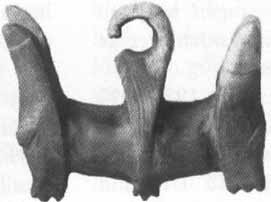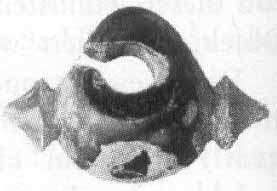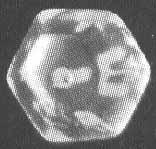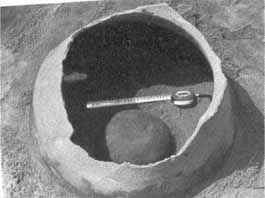Contrary to the views of some French scientists who argue that the Sa Huỳnh culture is only found in coastal plains, recent research staff from the University of Social Sciences and Humanities – Vietnam National University has provided additional evidence proving the presence of ancient Champa people in the mountainous region of Quang Nam province, with typical remnants of the Sa Huỳnh culture.
In 1998, a burial jar was discovered by the Chanh stream in Thon 8, Tien My commune, Tien Phuoc district, Quang Nam province, where locals found burial goods including clay pots, metal tools, and jewelry made of agate.
|
Jewelry made of nephrite typical of the Sa Huỳnh culture found at Go Mun |
|
|
|
|
|
|
|
According to scientists, this is the first sign of the Sa Huỳnh culture discovered in the mountainous region of Quang Nam. In early July of this year, the Quang Nam Provincial Museum collaborated with the History Department of the University of Social Sciences and Humanities – Vietnam National University to officially conduct excavations at this site.
Mr. Nguyen Chieu – a lecturer from the History Department at the University of Social Sciences and Humanities – Vietnam National University stated: “Typically, in other archaeological sites, burials are quite concentrated, and through the graves, one can infer the population density and duration of residence; however, here, the results have been limited over the past few weeks. Nevertheless, it can be inferred that this was a place where people lived briefly with a small population. The inhabitants of the metal age usually resided in the East and were buried in the West. If this area was a burial ground, then in the past, our ancestors likely lived in the Eastern region, which is densely populated in Thon 8. This is a Sa Huỳnh cultural site that has existed for nearly 2000 years.”
Although the remains have been fragmented, they still evoke memories for researchers of a vibrant Champa culture that thrived for centuries across Central Vietnam. This excavation aims to explore and study the distribution density of the Sa Huỳnh culture in Central Vietnam in general and Quang Nam province in particular; while also investigating how the culture of the Champa people living in the mountainous region differs from those residing in the coastal plains.
The excavation and research are just beginning, and the results found so far are limited. However, from the archaeological materials discovered underground, it has been confirmed that the Champa inhabitants once lived in the mountainous region of Quang Nam; and it is evident that in their historical journey, Tien Phuoc was once an area inhabited by the Champa people dating back to the 5th – 6th century BC, with low population density and not long-term settlement due to the challenging terrain for agricultural production.






















































